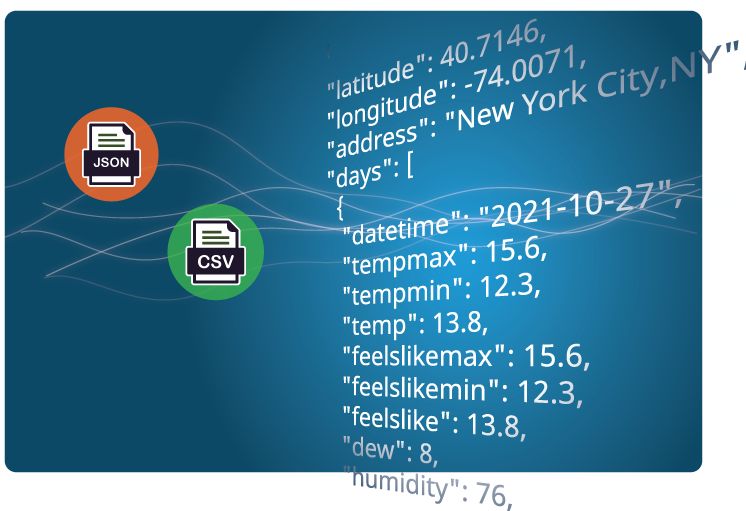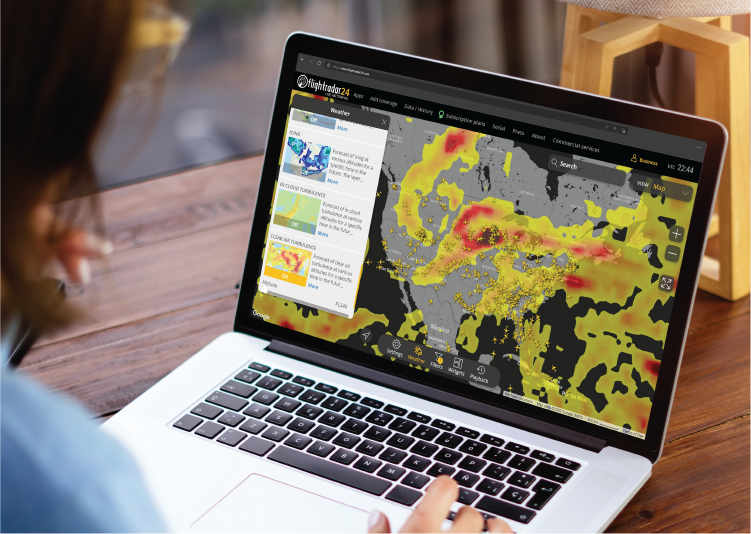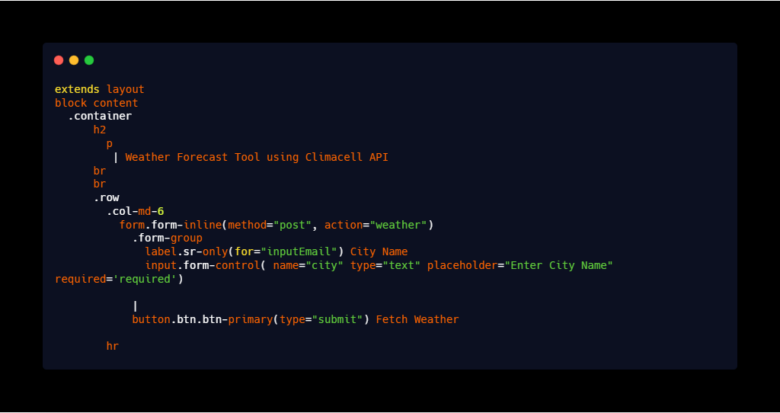Weather is one of the most important factors affecting our daily lives. From planning outdoor activities to agriculture and transportation management, accurate weather information is essential for making informed decisions. Having access to a reliable weather API that can provide up-to-date meteorological and geographic information is crucial for businesses and organizations across industries.
Fortunately, there are many APIs available today that offer a wide range of features and functions to meet the needs of different users. One key aspect of weather APIs is the ability to integrate with Geographic Information Systems (GIS), a powerful tool for managing and analyzing geospatial data.

Source: visualcrossing.com
Contents
What is a Weather API?
A weather API is a set of protocols and endpoints that enable developers to access, retrieve, and utilize weather data in their applications. These APIs typically offer a range of features, including current and historical weather data, forecasts, alerts, and more.
There are many different weather APIs available, each with its own unique set of features and functions. Some of the most popular ones include OpenWeatherMap, Weatherstack, AccuWeatherAPI, and DarkSkyAPI. Visual Crossing creates API that offers not only basic weather data, but also more advanced features. These features include historical data, global coverage, hyperlocal forecasting, and integration to replace existing APIs.
Common Features
Common features include access to current and historical weather data, forecasts for specific locations or regions, alerts for severe climate conditions such as storms or hurricanes. In addition to these features, some weather APIs also offer real-time updates and hyperlocal forecasting capabilities, allowing for more precise predictions.

Source: baronweather.com
How Weather APIs Can Benefit Meteorology and GIS
They can provide meteorologists and GIS professionals with access to real-time, accurate weather data that they can use in their analyses and models. This data can help inform decision-making across a wide range of industries, from agriculture and transportation to emergency response and city planning. By combining climate data with GIS technologies, users can gain a more comprehensive understanding of how weather patterns impact various geographical locations.
This information can be used to create sophisticated models and forecasts that can help organizations better anticipate these events and manage their operations accordingly. In addition to meteorologists and GIS professionals, they can also benefit businesses and organizations operating in industries such as transportation management. By incorporating weather data from APIs into their systems, transportation managers can optimize routes and schedules to avoid weather-related disruptions.
Building Your Own Application with a Weather API
Visual Crossing’s API is a great tool for building your own custom application that utilizes weather data. With its advanced features and global coverage, it offers users the ability to create more sophisticated models and forecasts. When it comes to choosing a weather API for your application, it is important to consider the specific features that you need.
The availability of historical climate data, global coverage, real-time updates, and hyperlocal forecasting capabilities are some of the key features to look for. Solar Energy API can be integrated into applications that require solar radiation and cloud data for energy production planning. It can add to your application’s accuracy and enhance its capabilities, making it an invaluable tool for industries such as solar energy production. However, it is important to keep in mind the constraints and guidelines provided by each API.

Source: freecodecamp.org
Innovations in Weather API
More accurate data: They are now using advanced machine learning algorithms and big data analytics to provide more accurate weather data. This includes hyper-local weather forecasts that are specific to a particular location, as well as real-time updates.
Increased accessibility: Weather APIs are becoming more accessible to businesses of all sizes. Many providers offer free or low-cost APIs that can be easily integrated into websites and mobile applications. This has made it easier for small businesses and startups to access valuable weather data.
Customizable APIs: Many weather API providers are now offering customizable APIs that allow businesses to tailor the data to their specific needs. This includes the ability to select specific weather data variables, such as temperature, humidity, or wind speed, and to receive the data in the format that best suits their application.
Integration with other technologies: They are increasingly being integrated with other technologies, such as IoT (Internet of Things) devices and machine learning algorithms. This allows businesses to create more sophisticated weather-related applications that can help optimize their operations.
Improved visualization: They are now providing more advanced visualization tools that allow businesses to easily interpret the data. This includes interactive maps that display real-time weather information and animations that show how weather patterns are changing over time.
Historical weather data: They are now offering access to historical weather data, allowing businesses to analyze past weather patterns and make more informed decisions about future operations. This includes data on everything from temperature and precipitation to wind speed and solar radiation.
Improved customer experience: They are being used to improve the customer experience in a variety of industries. For example, airlines are using weather data to predict flight delays and inform passengers in advance, while retailers are using weather data to personalize marketing campaigns based on local weather conditions.

Source: vaisala.com
Conclusion
Weather APIs have become an increasingly important tool for meteorologists, GIS professionals, and businesses operating in weather-sensitive industries. By providing access to real-time and historical weather data, APIs enable users to develop more accurate models and forecasts that can inform decision-making across a variety of sectors. However, it is important to carefully choose the weather API that best meets your specific needs. In summary, they offer organizations and individuals the ability to access valuable weather data that can enhance their decision-making processes.
With advanced features like global coverage, historical data availability, real-time updates, and hyperlocal forecasting capabilities, weather APIs such as Visual Crossing’s API can offer businesses significant benefits in optimizing operations, especially those sensitive to climate disruptions such as transportation management and solar energy production. Adding a solar energy API can further enhance your application’s capabilities and accuracy for industries that rely on solar radiation data. In conclusion, they have become an indispensable tool for various industries and professionals in making accurate decisions.
